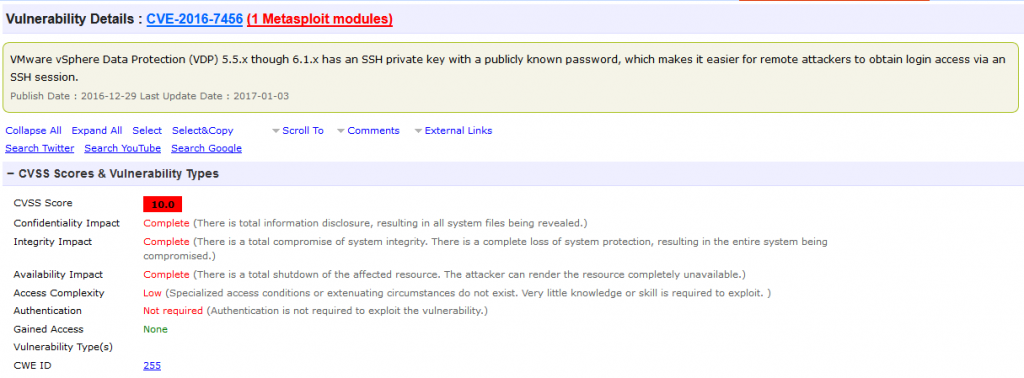
#HARDCODED PASSWORD CODE#
This code will run successfully, but anyone who has access to it will have access to the password. New NetworkCredential("scott", "tiger", domain)
#HARDCODED PASSWORD PASSWORD#
If attackers have access to the executable for the application they can disassemble the code, which will contain the values of the passwords used.Įxample: The following code uses a hardcoded password to create a network credential: An employee with access to this information can use it to break into the system. After the program ships, there is likely no way to change the database user "scott" with a password of "tiger" unless the program is patched.

Rc = SQLConnect(*hdbc, server, SQL_NTS, "scott", Even worse, if attackers have access to the binary for the application they can use one of many publicly available decompilers to access the disassembled code, which will contain the values of the passwords used.Įxample: The following code uses a hardcoded password to connect to a database: After the program ships, there is likely no way to change the user "scott" with a password of "tiger" unless the program is patched. tLoginCredentialsForHost(hostname, "scott", "tiger")

If the account protected by the password is compromised, the owners of the system must choose between security and availability.Įxample: The following code sets default authentication credentials for URL requests, supplying a hardcoded string for a password: After the code is in production, the password cannot be changed without patching the software. Not only does hardcoding a password allow all of the project's developers to view the password, it also makes fixing the problem extremely difficult. All onboarded applications will now have these rules enabled in the specified environments.It is never a good idea to hardcode a password. As an example, we have enabled both rules in Development and QA but kept the rules off in our Production environmentĬlick the small grey x in the top right corner of the Assess Rules Defaults pane to save your updated settings.

If not, select Assess Rules in the left-hand menu.Ĭlick on the Configure the default policy text to navigate to the Assess Rules Defaults settings.
#HARDCODED PASSWORD UPDATE#
IMPORTANT: This update to Contrast will not affect any existing applications.


 0 kommentar(er)
0 kommentar(er)
